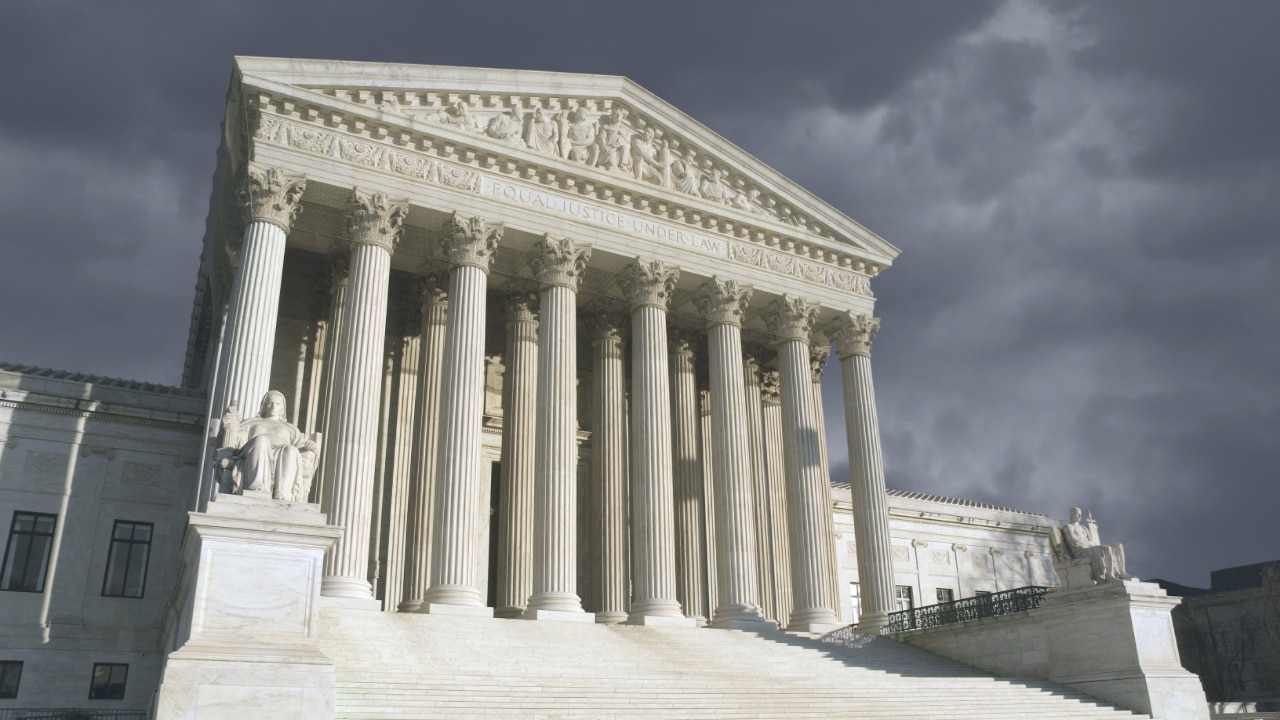Tenth Amendment Center: Habeas Corpus Originalism in DHS v. Thuraissigiam


In Department of Homeland Security v. Thuraissigiam, decided Thursday, the Supreme Court (Per Justice Alito, writing for himself, Roberts, Thomas, Gorsuch and Kavanaugh) held that the writ of habeas corpus didn’t protect Mr. Thuraissigiam, who sought to challenge DHS’s rejection of his asylum claim. Josh Blackman comments here:
The majority required the Thuraissigiam to identify a specific case that supports his claim for relief. A close analogy is not enough.
Despite pages of rhetoric, the dissent is unable to cite a single pre-1789 habeas case in which a court ordered relief that was anything like what respondent seeks here. The dissent instead contends that “the Suspension Clause inquiry does not require a close (much less precise) factual match with historical habeas precedent,” and then discusses cases that are not even close to this one.
In dissent, Justice Sotomayor writes that Boumediene does not require such a close historical fit:
But as the Court implicitly acknowledges, its inquiry is impossible. The inquiry also runs headlong into precedent, which has never demanded the kind of precise factual match with pre-1789 case law that today’s Court demands.
At Dorf on Law, Michael Dorf is critical of Justice Alito’s originalism: Justice Alito’s Opinion in Dep’t of Homeland Security v. Thuraissigiam Reveals Why “Custody” in the Narrow Sense Should Not Be a Requirement for Habeas. From the core of the argument:
Much of the disagreement between Justices Alito and Sotomayor looks like a debate over “clearly established law” for purposes of overcoming qualified immunity or the characterization of a “new rule” for purposes of unavailability in the context of habeas as a collateral remedy for state prisoners. Justice Alito says that Thuraissigiam’s lawyers failed to produce any cases from the relevant period that are sufficiently like his to serve as precedent; Justice Sotomayor responds that an exactly analogous case is unnecessary. I agree with Justice Sotomayor on this point, but that’s not just because I take a broader view of precedent than the Court does in those other contexts too. It’s also because Justice Alito’s argument should fail on its own premises. Originalism–its champions have been telling us for a quarter century or more now–seeks the original public meaning of the constitutional text. The absence of an exactly analogous or even somewhat analogous case might have some bearing on the expectations or intentions of the framing generation, although then again it might not, but it certainly would not limit the application of the constitutional text to new or even unanticipated circumstances. Here as in many other contexts, originalists talk the original-public-meaning talk when defending originalism against theoretical critique but walk the concrete-intentions-and-expectations walk when it comes time to decide cases.
Michael D. Ramsey
June 30, 2020 at 06:50AM
